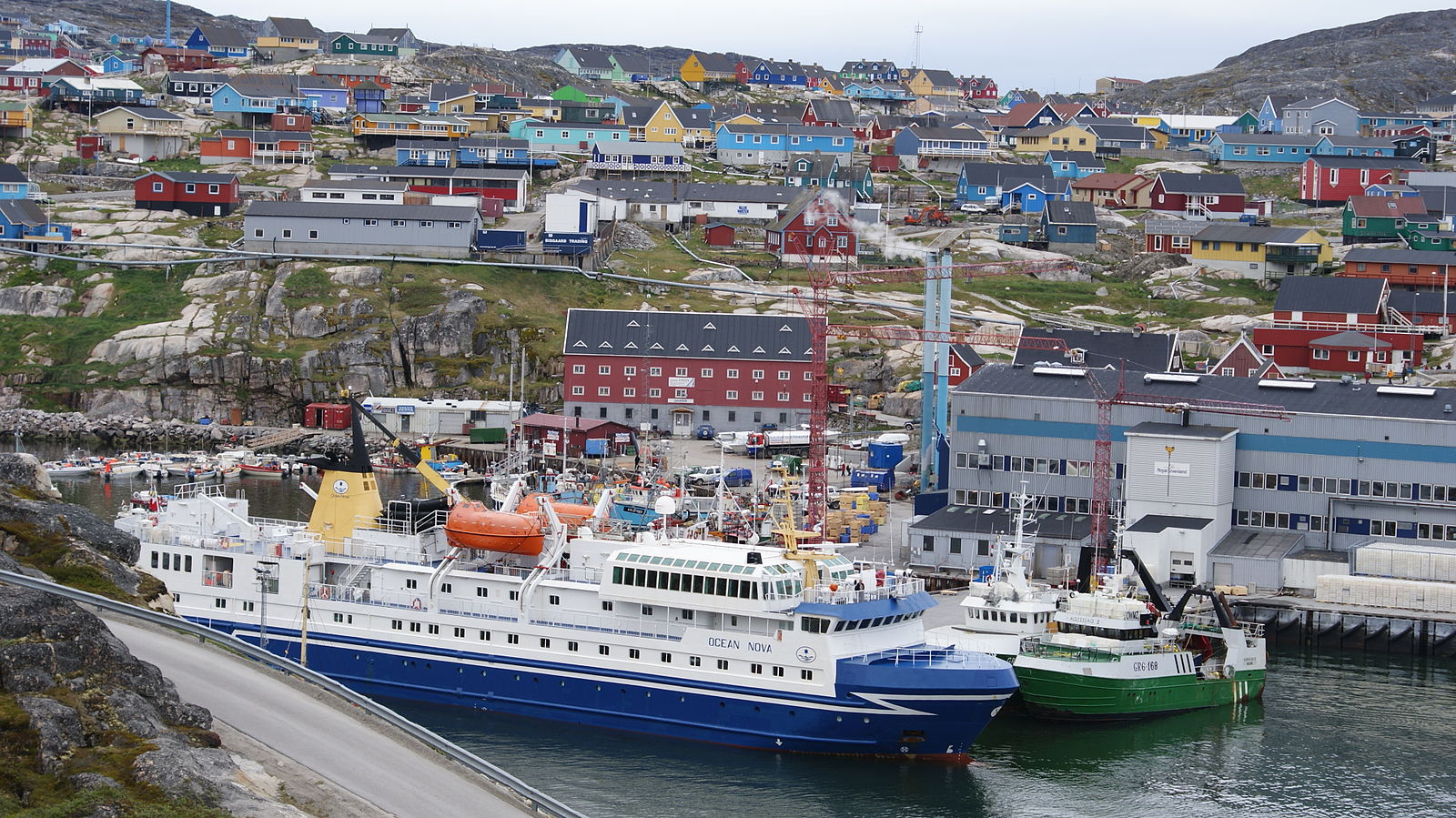Arctic tourism is an opportunity for Indigenous-led economic development
Indigenous communities are poised to benefit from growing tourism — if it can be developed right.

Leon, Nicaragua is a city known for volcano boarding. Tourists can pay to hike and then board down the youngest volcano in all of Central America. Upon hearing about this thrill-seeking experience, I could not wait to don the orange jumpsuit, goggles, and zip down the black pebbled hill. To my surprise, few companies that offered volcano boarding were run by people from the community. Rather, the tours were run by foreigners from Australia, Canada, and a whole host of other countries.
The operation appeared detached from the communities and Leon. While the city benefited from the increased tourism, the indigenous community had little agency in this economic opportunity. Outside groups were benefitting from their land and reaping the greatest profit. This imbalance is not unique to Nicaragua, and can be found in many travel destinations around the world. Areas where tourism is currently developing are especially vulnerable to exploitation by foreign companies. The Arctic is one such area where new opportunities should be seized by local communities.
Similar to Nicaragua, the Arctic region has experienced greater media attention over the last 15 years–attention that multiplied with increased use of social media. Some areas in the Arctic, such as Alaska, Sweden, and Finland, see more than 2 million tourists per year, compared to Yukon which sees around 200,000 tourists. As changes such as less sea ice, increased knowledge of the region, and better transportation opportunities lower barrier to entry, the number of tourists is predicted to increase.
While local tourism is well developed in regions that have regularly seen tourists, the tourism industry is new for many Indigenous communities. There has been some tourism development in Indigenous lands, such as northern parts of Canada. However, as these regions attract more tourists, the increased demand could also attract increased economic investment by outside powers. Indigenous communities are experts on the land and keepers of its history. What needs to happen so that these communities do not share the same fate as the people of Leon?
Legislation, specifically the Indigenous Economic Opportunities Act, can be a means through which economic opportunities are reserved members of the communities tourists seek to visit. Yukon and the other two territories in northern Canada have Indigenous majorities. Borrowing from the Indigenous communities in the United States, one legislative approach can be learned from the Antelope Canyons in the state of Arizona. Navajo Nation Law states that tour operators and guide services must be approved by Navajo Nation. In the canyons, the Navajo people exclusively give the official tours. In protected areas and Indigenous lands, legislation can give Indigenous people agency to regulate the services offered in communities. It is only fitting that they are stewards of sharing the knowledge and histories of the canyons.
However, legislative action similar to Navajo Nation Law is not applicable to every community looking to increase its capacity in the tourism space, as some communities may have not have the same territorial autonomy as the Navajo. Legislation can also codify frameworks for inclusion. Some Indigenous communities may lack exposure to setting up tourism service; therefore, a different approach could be in the form of a partnership. Outside companies could pledge a percentage of their profits to be given back to the community. Moreover, groups can be required to employ local people as a part of their staff and specifically as a part of their leadership teams. Indigenous communities can lend their expertise by sharing what they know are sustainable approaches to land preservation and are invaluable resources to companies unfamiliar with the Arctic region in question. Finally, larger corporations can provide training programs for local people as a part of their community involvement work. If local communities do not seek to engage in the tourism industry, outside tourism companies can provide language training or other knowledge in exchange for the shared use of the land.
Ultimately, any expansion of tourism services should not exclude the people who have historically lived on the lands that people seek to explore. Indigenous communities should have a say as to whether they want to be involved, and if so, legislative measures are necessary to facilitate these new opportunities.
As potential tourists are enticed by pictures and other media to visit the Arctic, they should be wary of tourist traps and seek authentic experiences. Indigenous communities can provide such experiences, but preemptive legislation is necessary to seize this economic development opportunity for indigenous communities.
Martha Lee is a second year Master in Public Policy student at the Harvard Kennedy School
concentrating in International and Global Affairs.

The views expressed here are the writer’s and are not necessarily endorsed by the Arctic Initiative or Arctic Today, which welcomes a broad range of viewpoints. To submit a piece for consideration, email commentary (at) arctictoday.com.